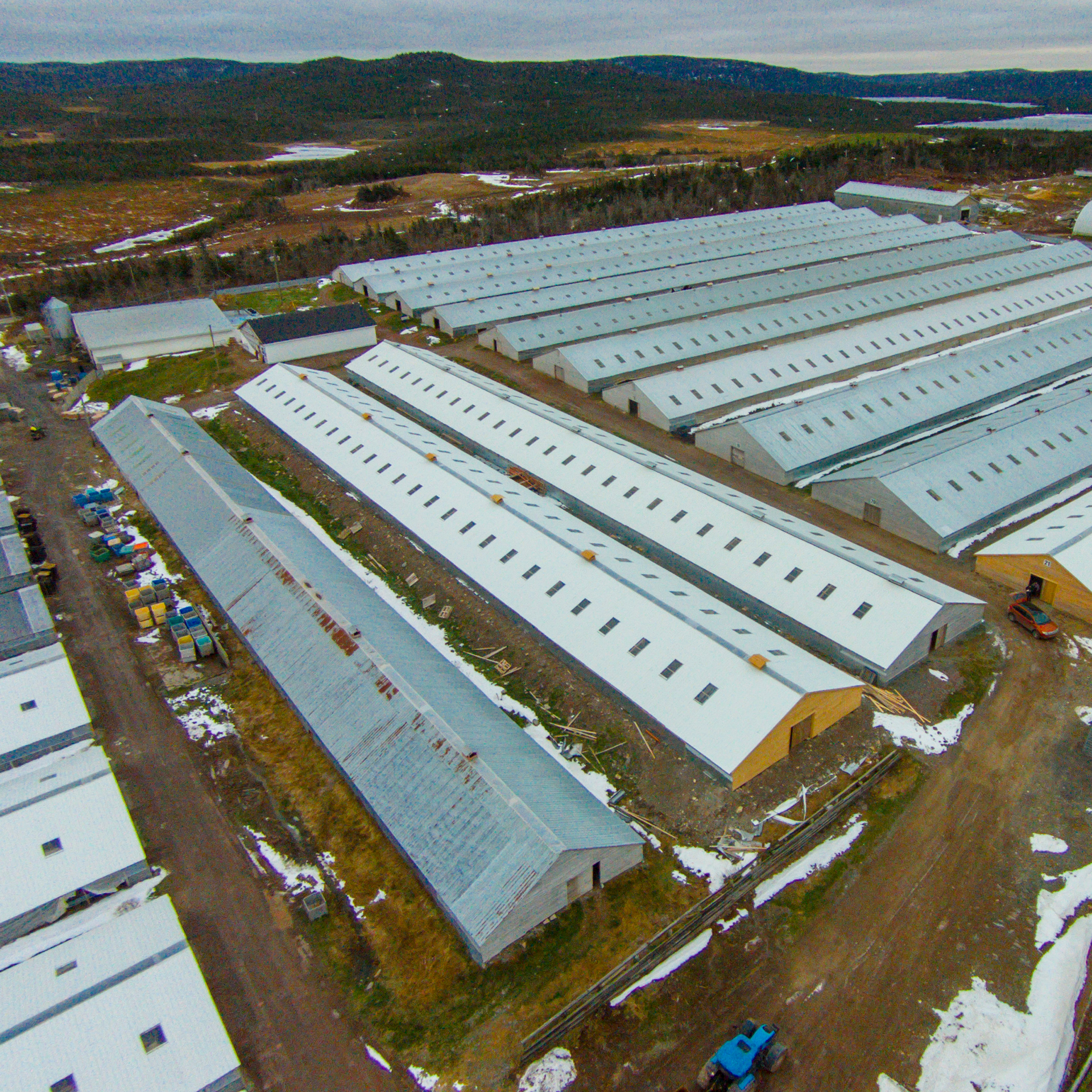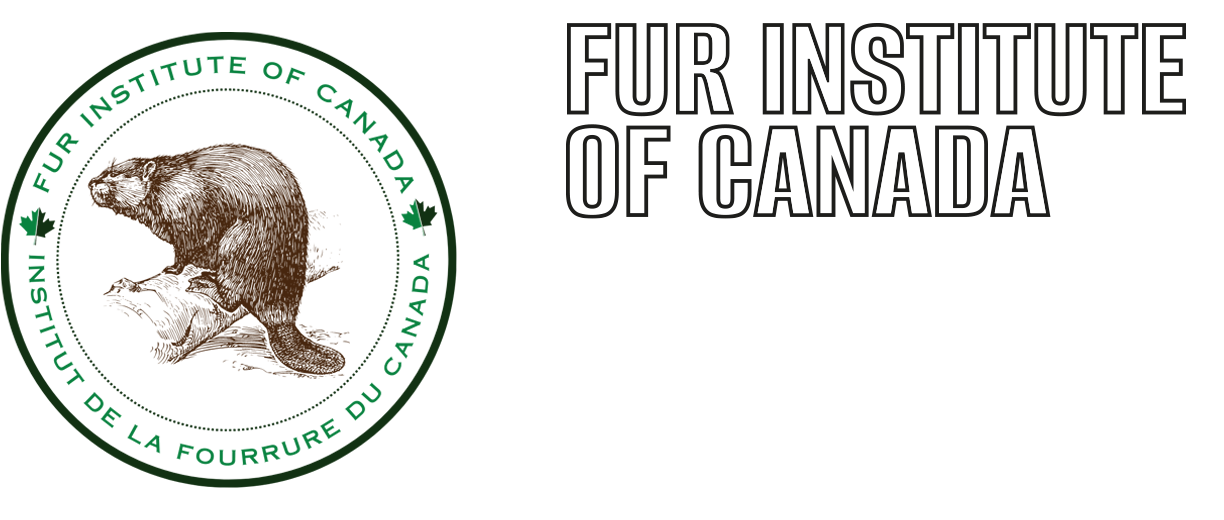ECOLOGICAL FOOTPRINT OF FUR FARMING

All human activities leave ecological footprints, but as custodians of the planet for future generations, we must all try to leave footprints that are small. For activities intended to make a profit, like fur farming, this means following practices that make good business sense while also being sustainable.
Fur farmers strive to achieve this balance in a number of ways.
Sustainable resource
The biggest reason why fur farming leaves a small ecological footprint is the resource itself. Like all livestock, furbearers are a renewable natural resource. New animals can always be bred, and their products and waste biodegrade so nature can recycle them as new resources. This contrasts sharply with petrochemical synthetic materials used to make most of our clothing today. The petroleum used as a raw material is a finite resource, and its extraction and manufacturing processes are notoriously polluting. And when its purpose has been served, a petrochemical synthetic garment won’t biodegrade.
Reducing pressure on wildlife
Farming plays a key role in relieving pressure on wild resources. Indeed, without farming, it would simply not be possible to feed and clothe Earth’s 8 billion human inhabitants. There are other factors at play, but the rise of fur farming in the last century was a major reason why wild furbearers were no longer endangered by the fur trade.
Reducing food waste
The production of animal protein for human consumption creates enormous amounts of waste. There are parts of animals that we don’t eat, plus products that make it to market but then expire before they are sold, including eggs and cheese. This waste would all end up in landfills if every part of the food production chain did not strive to lower costs by putting it to good use. Fur farmers play their part here, buying unwanted parts of animals and expired products, and using them as high-protein feed. This lowers costs for both them and their suppliers, while reducing the waste in landfills.
Using the whole animal
Just as fur farmers use the waste of food producers and retailers, so they strive to minimise their own waste. And as animal users, this is particularly important from an ethical standpoint (see FAQ Is fur an ethical clothing choice?). If animal lives are taken for human benefit, ethics require that we use the animals as fully as possible.
Thus, aside from the fur pelts that are the primary product, farmers also make use of the carcasses and manure. In the case of mink, the most important secondary product is the layer of fat beneath the skin. This may be rendered into oil for use in hypoallergenic cosmetics or to waterproof and preserve leather goods, or to produce biofuel. As for the rest of the carcasses, they are usually composted along with soiled straw and wood shavings used in mink pens for bedding, to make organic fertiliser for crops. In coastal regions, though, mink carcasses are popular as crab bait.
Marginal land
Not all land is suitable for uses like growing crops, development, or recreation. But with fur farming, even the most marginal land can be made productive. It is also well-suited to colder regions with short growing seasons for crops. Indeed, many fur farms also grow some crops because the demands of raising furbearers are greatest in cold months while crops require more time in spring and summer.
Supporting rural communities
At a time when countries around the world are struggling to keep people on the land and out of cities, fur farming provides employment and income for rural communities. This also works well for fur farmers, because labour costs are lower in rural areas.
